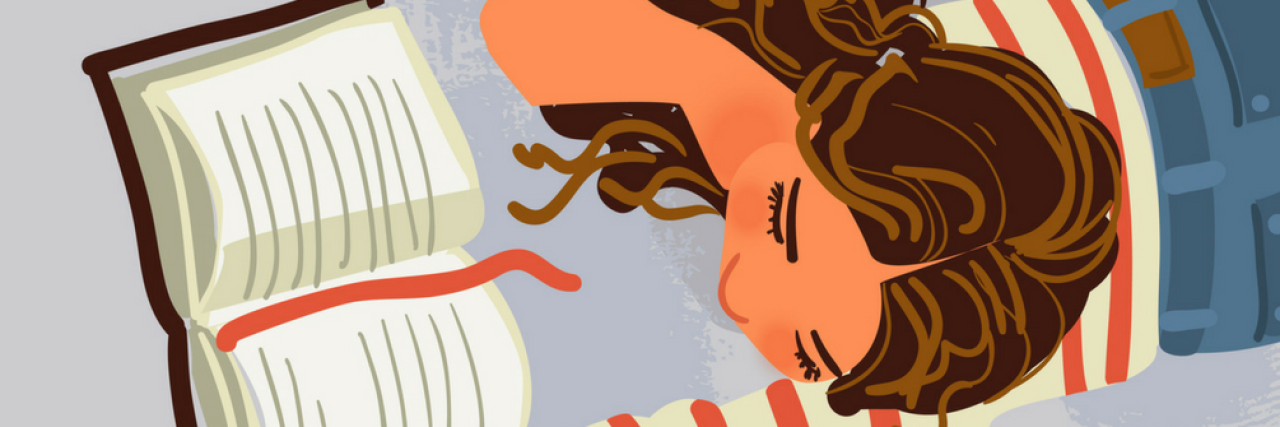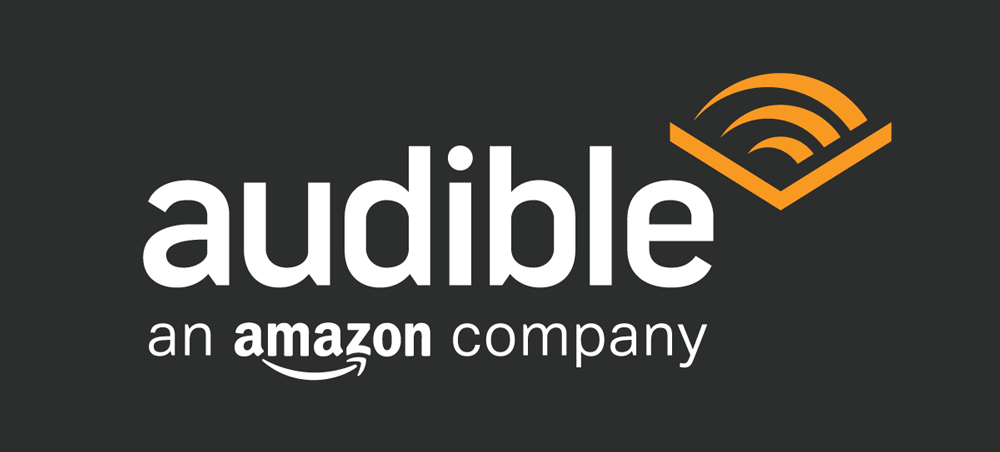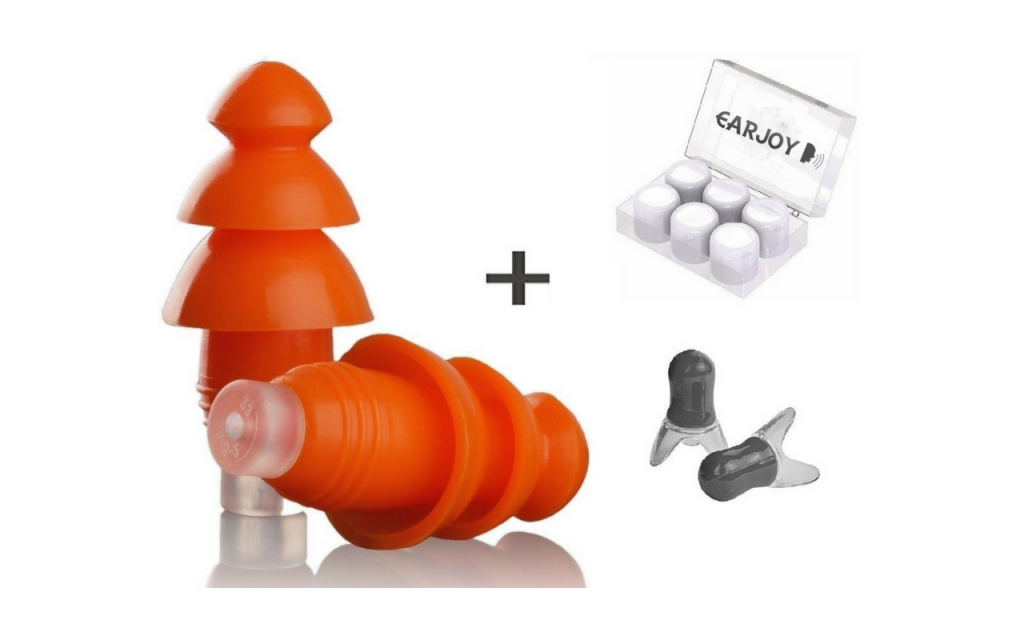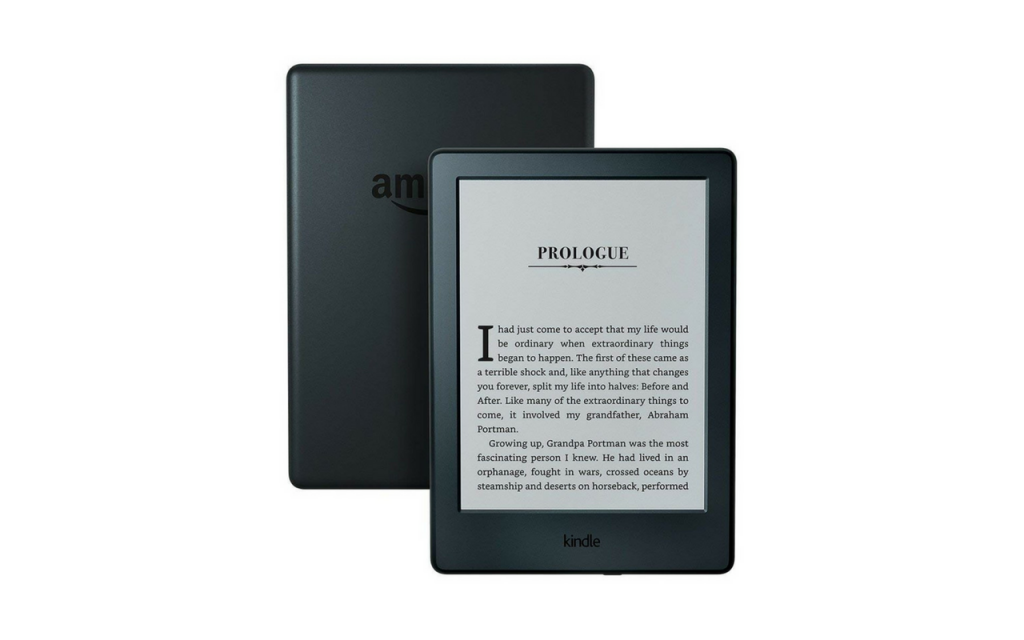7 Things You Can Try When Brain Fog Makes Reading Difficult
Editor's Note
We hope the products below, all recommended by our Mighty community members, help you or a loved one in your health journeys. Just so you know, The Mighty may collect a share of sales from the Amazon links on this page.
While every chronic illness comes with its own unique symptoms, many warriors may experience cognitive issues from time to time, such as problems with memory, focus and decision-making – commonly referred to as “brain fog.” When you’re “in the fog,” it can be a bit like trying to think through wet cement. Trying to concentrate and get any scrap of information to stick in your brain may feel next to impossible some days.
So if you’ve tried to read – whether it’s for school, work or pleasure – while dealing with brain fog, you know how difficult of a task it can be. Not only comprehending the text, but remembering it? It’s like you may as well be reading in a foreign language, right?
Sometimes though, reading is a necessity, and you have to find creative ways of doing it to succeed at your job or in your class for school. Other times, maybe reading isn’t technically “required,” but it’s still something you love, and want to continue to do (in whatever way, shape or form possible) for your emotional health – because that’s just who you are.
Either way, we wanted to help those who struggle with this, so we asked our Mighty community to share their advice for reading on days when they’re struggling with brain fog. Let us know how you cope with this challenge in the comments below!
Here’s what our community shared with us:
1. Listen to an audiobook, or use a text-to-speech feature.
“Audiobooks. I find them relaxing. Many Kindle books and even mobile devices have a text-to-speech feature that is made specifically for accessibility, but of course, it’s useful for anyone who needs such things. I use it during brain fog. It’s how I read for my college courses.” – Antaris G.
“Audiobooks. Audible is a great app! I also downloaded a dictation for when my fog and eyes are bad.” – Bailey S.
“I use Amazon’s Whispersync feature. I can go back and forth between audio and text and not lose my spot. When I realize I’ve spaced out while listening it’s simple to pull up the text, reread what I missed and start the audio back from where I was.” – Candess K.
“I use books on CD and follow along with the actual book.” – Acadia M.M.
Subscribe to Audible for $14.95/month (following a 30-day free trial period) on Amazon.
2. Reduce sensory stimulation.
“Ear plugs and sunglasses. Reduce the senses and it helps your brain narrow its focus.” – Samantha B.L.
Buy the earplugs above for $11.95 from Amazon.
3. Take notes, highlight and underline key passages.
“Post-it notes! I write down key things on each page as a reminder of what I was reading. That way if I forget, I can go back to the page and look at the Post-it instead of having to reread the whole thing. Learned this in high school way before my brain fog and I’m so glad I learned it! So helpful.” – Lolo M.
“When I finished my last two grad school classes after my brain surgery, I wrote down everything I read. It made my hand so tired, but it really helped me process what I was reading.” – Megan M.
“The Livescribe pen has been incredible. I can read the book out loud while taking notes, later I can tap on any part of the notes and hear what I was saying. Would recommend over and over again.” – Kathryn B.
“When I was still in college I would write a summary of the page or sometimes even just a paragraph. Writing helped me remember but it also gave me something to look back on when I wasn’t sure what I had just read.” – Susan D.
“I highlight my textbooks. Not every sentence but if it looks familiar (like from lecture) I highlight it. I use an assortment of colors too and go in a pattern, usually rainbow. If I’m out of highlighters I underline at least. It helps reiterate what I *hopefully* learned in class through lecture and/or the PowerPoint slides and helps me focus more on the words if they aren’t just black and white.” – Ansley D.M.
Buy the Post-its above (18 pads) for $7.98 and the highlighters above (12-count) for $4.97 from Amazon.
4. Wear tinted glasses to reduce eye strain.
“Amber-tinted gaming glasses, like Gunnars (the expensive brand) or Gamma Rays (cheaper, on Amazon). I’m not sure how this works, science-wise, but amber-tinted glasses can both increase and decrease contrast, based on the situation. By decrease, I mean when I’m looking at a bright white paper with black print, the white will ‘glow,’ casting glare across the black print, making it difficult to read. Amber-tinted glasses calm down the glare from bright white paper. But amber also increases color contrast, reduces sun glare, blocks blue light, all sorts of stuff that ends in less eye strain.” – Jaque V.
Buy the amber-tinted glasses above for $59.99 from Gunnar.
5. Take breaks.
“Take lots of breaks (pace yourself) to keep from getting a headache/migraine.” – Mackenzie P.
“Breaks as a general rule. Lots of them. I’m studying for the ASWB [Association of Social Work Board] exam soon… It’s hard. But I manage with breaks and highlighters.” – Alexandria B.A.
“Walk away and do a physical task – pour yourself a drink, nip to the loo – it resets my brain and I can start again.” – Hannah N.R.
Buy the yoga mat above for $29.99 and the water bottle above for $9.99 from Amazon.
6. If you’re reading for fun, choose something that’s easy to comprehend.
“For those wanting to read for enjoyment but have a tough time reading novels… I have one suggestion: comics or manga. They are so much easier to comprehend and stay focused on. One app I use a lot to read on is Webtoons. It has free comics made by regular, fun people. Also, Audible is enjoyable!” – Alexandria B.A.
Buy “Hyperbole and a Half” for $11.38 and “The Essential Calvin and Hobbes” for $12.91 from Amazon.
7. Read on a device so you can adjust the brightness and other settings.
“I find reading on screen easier as I can adjust the brightness and the size of the letters. Plus my electronics are close to me no matter what.” – Nairmi R.
“The Kindle has been helpful. I can highlight names and places that have slipped my mind to get a reminder.” – Beth H.
“When reading from a screen, OpenDyslexic font, dark/black screen and white font have helped with reading for both brain fog and my dyslexia.” – Terri L.
“If you are reading on a screen, put a parchment background on and turn the brightness right down.” – Diane H.
Buy the Kindle above for $79.99 from Amazon.








